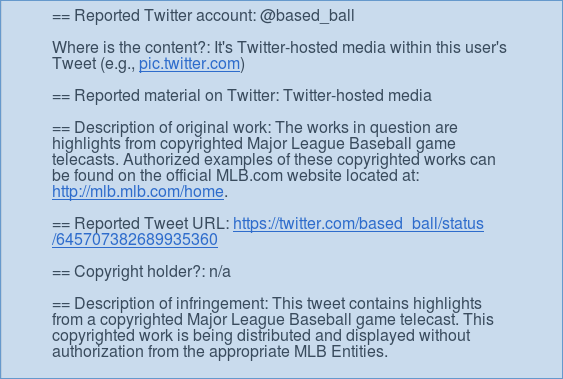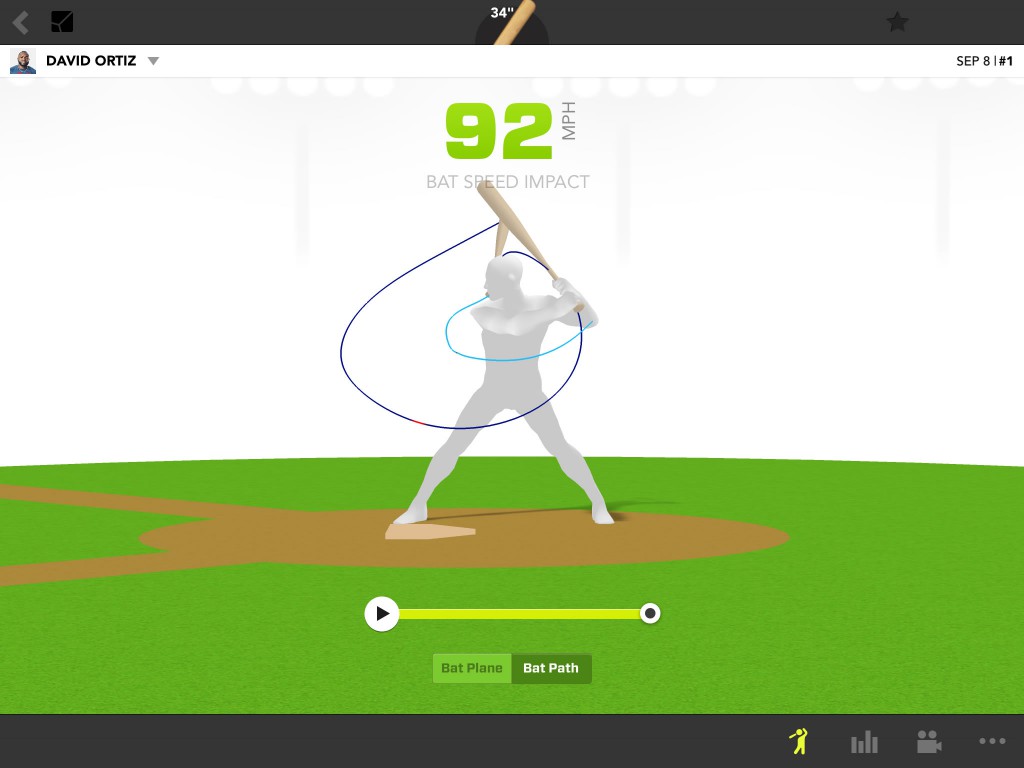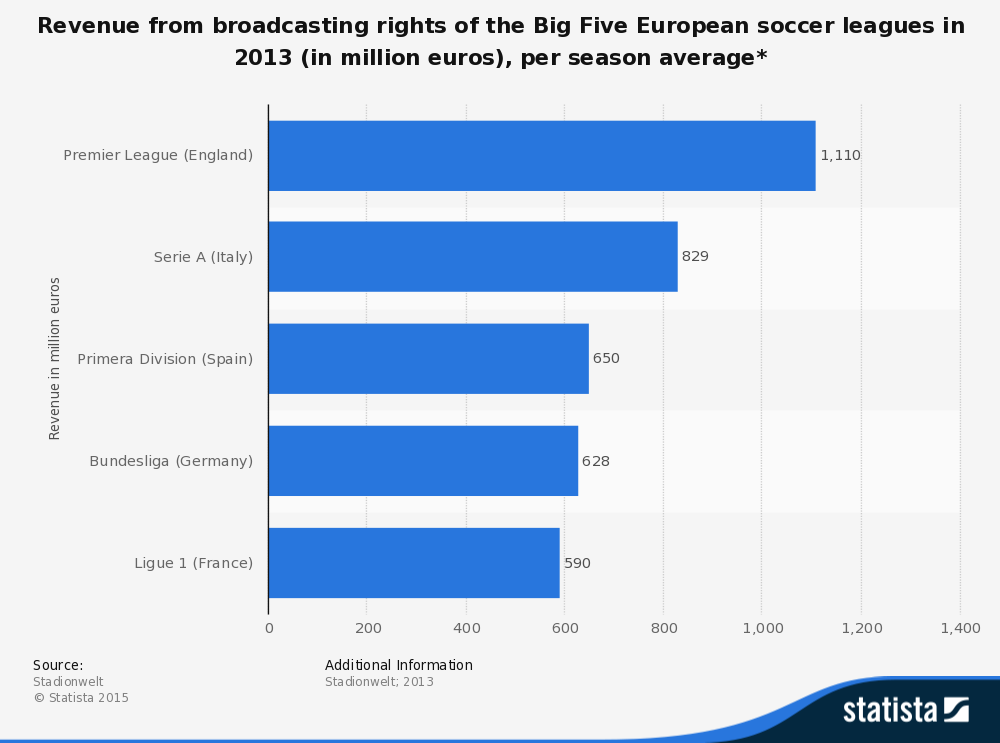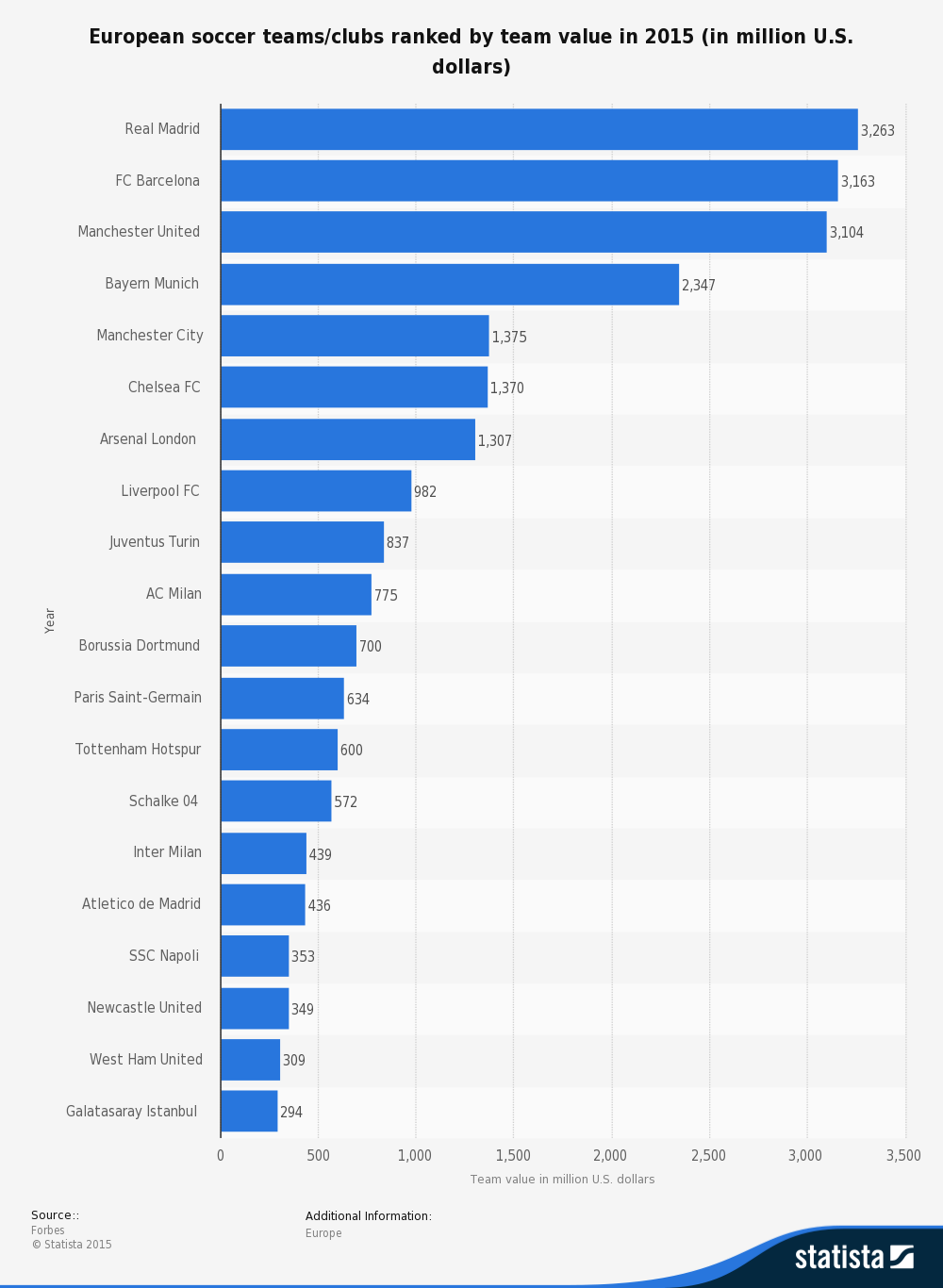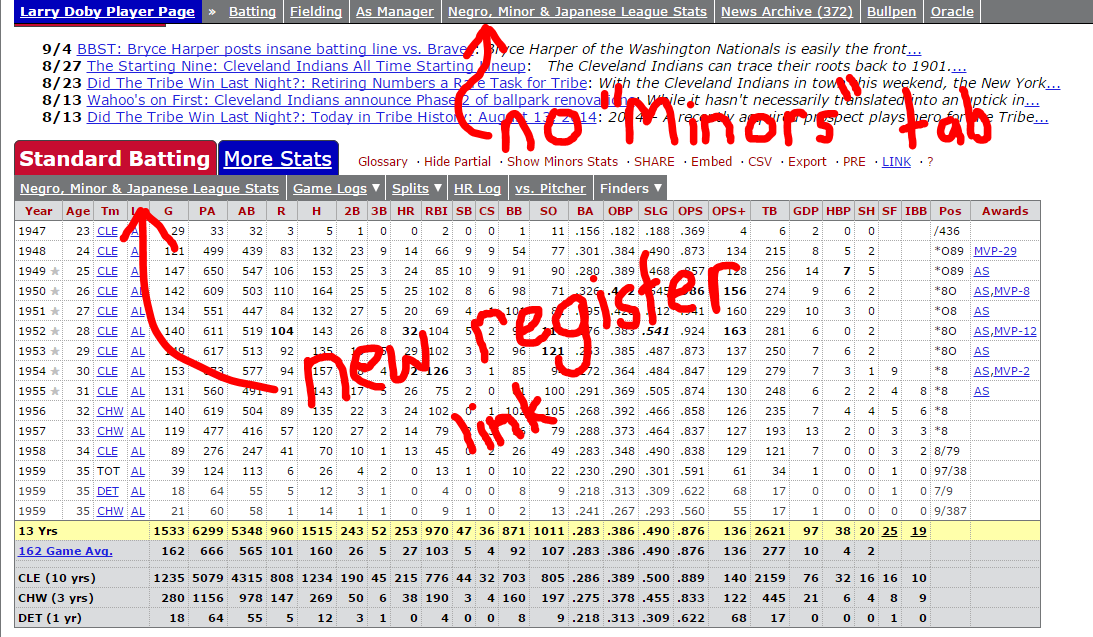This is the third and final installment of Seth’s look at VR’s role in sports. You can find parts one and two here and here.
Branding & Marketing
Whether it’s a leprechaun tattooed on the bicep of a Boston Celtics fan or a white “G” circled in yellow on a green background on a flag that flaps at your neighbor’s next door during the fall, sports fans are fervent brand supporters. For some franchises, such as the Yankees, Cowboys or Lakers, the loyalty is passed down from generation to generation. For others, like the Oklahoma City Thunder or Washington Nationals, fandom is produced by geographical location or a winning product. For the unfortunate franchises, like the Jacksonville Jaguars or Miami Marlins, building a passionate fan base that regularly splurge on game tickets and scoop up team merchandise can be a rougher go.
And for those unfortunate franchises, creativity and a coolness factor is a must for marketing departments that can’t rely just on a winning team or legendary history to meet monthly metrics. Which is where VR could make a difference, as the Jags have already tried.
Last September, 3D-4U teamed up with the Jaguars and invited fans to watch part of the game in VR via an Oculus Rift. Eric Johnson of re/code, viewed a demo of the product.
The company positions between four and six cameras around the field, and depending on where the action is happening, viewers can change their angle on the game. Each camera is slightly zoomed in while recording video, which makes it possible to look around in the video by turning your head. It was also possible, at least in the demo I saw, to rewind the game and see a big play again, sort of like a cable DVR.
Despite a 3-13 record last year and a 4-12 2013, the Jaguars ranked first overall in fan experience, as voted upon by season ticket holders league wide in the NFL’s Voice of the Fan research campaign. And despite a tie for the third worst record in the league, the Jags ranked 21st in home attendance figures, ahead of the San Diego Chargers, and filling a higher percentage of capacity than the Cleveland Browns and Buffalo Bills, which ranked ahead of them. Jacksonville’s focus on fan engagement and immersion is working.
Meanwhile, the Sacramento Kings developed software to pair with Oculus Rifts to help sell premium seating in the yet-to-be-built arena — the Golden 1 Center, expected to open for the 2016-2017 season. The Kings told The Sporting News that they’ve sold all 850 sideline club seats ($200-$300 each) and they expect to sell all remaining courstside seats within the next several weeks. The 16-minute animation allow viewers to see a high-resolution, animated view of the team’s planned arena along with views of sponsorship inventory, suites, club seats, hospitality spaces and seats.
“It is brand new, and we can take it on the road and to someone’s office and bring the new arena to our fans,” Kings President Chris Granger told Sports Business Journal. “Instead of an old-school PowerPoint document, you create an immersive experience. It also allows partners to weigh in to create something with a great sense of understanding.”
Marketing doesn’t only extend to fans. When it comes to big time college athletics, programs need to sell themselves to recruits, too. Syracuse coach Jim Boeheim connected with Next Galaxy to create a tool to wow potential Orange players. While NCCA rules prohibit the coach from many possibilities, the idea is to invite an audience into his home, his gym and showcases his trophy room.
“You’ll be able to wear (them) and feel like you’re in Jim’s house,” Barrett Ehrlich, a financial consultant for Next Galaxy, told Syracuse.com.
Joe Favorito, a sports marketing and public relations consultant and former vice president of public relations for the New York Knicks (2001-2006), holds reservations about VR capturing a live sports audience. However, he said that when it comes to marketing, VR will succeed.
“Virtual reality is more of a secondary experience for those that can’t be there, “Favorito said. “[It] will provide a secondary experience that will be invaluable moving forward that will enhance the brand.”
Experiences such as sitting in a race car with Jeff Gordon, slapping a penalty shot against goaltender Henrik Lundqvist or a Sacramento Kings fan in Mumbai touring the Sleep Train Arena.
IBM gave tennis fans a similar experience last year at the Australian Open. IBM’s ReturnServe captured real-time data of the action on the court which was used to create a virtual serve for fans to try and return, utilizing an Oculus Rift headset and a motion-sensitive racquet.
“You’re used to seeing players that are serving at 80, 90, 150 mph,” Elizabeth O’Brien, sports marketing manager for IBM, told The Atlantic. “Here’s what 100 mph serve would look like to you, let’s see if you can return it.”
Challenges
Those within the VR industry only have to look at 3D TV’s demise for cautionary tales to avoid. While much more limited in scope and capabilities than VR’s likely offerings, 3D TV failed in several common denominators it shares with VR that the latter must focus on as building blocks of success. Nail these issues and VR is on its way to mainstream acceptance.
The Headsets
Virtual reality headsets are silly looking, let’s face it. A tux’d up George Clooney sipping a martini couldn’t look cool with this strapped to his head. Remember earlier in the series, even Peter Moore of EA Sports called them dorky. Others have called them creepy. No doubt they’re unattractive. And there’s no legitimate argument against that description.
“People are going to look back at this thing and laugh,” said Brad Allen, executive chairman of NextVR, comparing current headsets to the brick cell phones of the 80s.
The hardware will shrink and become sleek. It has to. Any wearable piece of tech has to look cool to reach the mainstream. Gizmodo summed it up nicely:
Cool gadgets that look dumb are always a bummer. But looking slick, or at least not extremely goofy, is super important for a VR headset and the future of VR in general. Any wearable gadget has to reach with a higher bar of attractiveness simply because consumers have to wear it. That’s something smartwatches are still struggling with. Not to mention Google Glass.
And while no one (in their right mind) is going to wear a VR headset out in public or all the time, virtual reality is already fighting an uphill battle against looking doofy by involving bulky face-puters. We’ve finally gotten to the point where the tech is cool enough that it’s worth wearing one, so the last thing it needs is a layer of gaudy pseudo-chrome to convince people who haven’t given this new generation of virtual reality a try. “Yeah no. That looks stupid.”
Allen envisions an evolution of the headsets similar to cell phones; headsets will continually reduce in size until it reaches a comfortable balance of functionality and fashion. Likely, they’ll be a tad larger than sunglasses.
And they also need to be comfortable. Consumers didn’t want to wear 3D TV glasses around the house, and don’t want to wear uncomfortable headgear for entertainment. For long-term sustainability, VR will need to develop headsets that can be worn for hours at time. Otherwise, they’ll end up in the tech graveyard with the Zip drives and the RAZR phone while software providers lose their grip on customers.
And then there’s the sound. The initial focus, rightfully so, in VR development was on the visuals. But without sound quality to support the 3D visuals, the immersive experience all VR developers aim for falls short. It’s 360 visuals but with 2D audio. And it’s an issue VR-invested companies know they need to address to keep consumers on board. AltspaceVR and Next Galaxy – both introduced earlier in this series – created solutions to a limiting auditory experience.
Next Galaxy created its own headphones, dubbed Ceekars, which were introduced on Indiegogo earlier this year. Marketed as a VR 4D smart headset, the wireless, battery-powered Ceekars aim to add depth and perspective to a 360 virtual environment and complete the ultimate VR experience. When watching a NFL game from the sideline, that vicious hit on the far side of the field that laid the wide receiver out for a minute will sound a lot less fierce than the tackle in front of the user that knocked the quarterback on his tuckus. The headphones also feature haptic feedback, where an embedded actuator applies motions, pressures and vibrations based on sound intensity and range, for yet another level of immersion. So not only will you hear the hit right in front of you, but you’ll feel it, too.
Business Insider spoke with AltspaceVr’s Bruce Wooden, head of developer and community relations, about their auditory offerings.
As I would later see in my demo — where I was standing in a giant mansion highlighted by an enormous television and a half-moon couch, as well as a balcony off to the side — the sound is what brought everything together.
“If you’re near to that screen, it’s loud, you hear everything,” Wooden said. “But if you’re at the balcony, you can’t hear that screen at all. So it’s just like a real party, where you’ll have two people at the screen, you’ll have French guys over there in a circle talking about whatever French guys talk about, there’s a few people on the balcony doing their thing, and it’s just like a house party. You’ll have these natural social interactions, which is exactly what we’re shooting for.”
The audio is what will tie a nice big bow around the VR package to provide an elegant product.
Health Concerns
One of the biggest issues facing VR today is the perception that it’ll make you sick. It’s not a myth. But hardware companies and software developers continue to design VR experiences to avoid a sickening experience.
“People like the demo, they take it home, and they start throwing up,” John Carmack, the chief technology officer at Oculus, said at the Games Developers Conference in March. “The fear is if a really bad VR product comes out, it could send the industry back to the ’90s,” he said.
Dizziness, nausea, sweating and disorientation – dubbed VR sickness – is caused by the inner ear and the eye sending different messages to the brain at the same time. Valve claims to have cracked the code on eliminating the sickness and to be sure, every hardware designer is focused on delivering an experience that avoids reliving that hangover following that first night of Jägermeister.
Researchers at Stanford claim they’ve developed a headset that reduces eye fatigue, nausea, and VR sickness using light-field stereoscope technology which gives the eye a hologram-like experience for each eye to make the experience more natural. This is compared to “flat” stereoscopic headsets where each eye only sees one image, allowing viewers to freely move focus and experience depth in the virtual scene.
“You have a virtual window which ideally looks the same as the real world, ” Gordon Wetzstein, an assistant professor of electrical engineering at Stanford, told Hacked, “whereas today you basically have a 2D screen in front of your eye.”
Obviously eye strain is a natural concern when a lit up brick is strapped to one’s forehead. But how will this affect one’s brain? Can neurological damage occur following long-term use? Is it safe for children, whose brains are developing? And finally, if hours of Grand Theft Auto V play on my XBox One plants thoughts of driving up a mountain to avoid bumper-to-bumper traffic, what kind of intense impulses will an immersive experience feed my cerebral cortex?
Most of these questions can’t be answered without significant study. However, the preceding 3D experiences users had can lend some insight. Eye strain and dizziness were common symptoms that were not fixed. Warning labels reminded parents that their child’s brain was still developing, and it’s uncertain how 3D would affect that.
Livescience.com spoke with Mayank Mehta, a neuroscientist at UCLA, about virtual reality’s affect on the brain.
“We don’t really know what’s going on,” Mehta said. “I would say this is reason for caution, not business-as-usual.”
Mehta and colleagues put rats on treadmills in a virtual room, then looked at their brains. While the animal’s behavior appeared normal, they found 60 percent of the neurons shut down. And of those that don’t shut down, many showed abnormal patterns of activity and destroyed an individual rat’s map of space. Mehta admitted the consequences of the neural shutdown are unknown, but it’s worth looking in to if VR becomes such a big part of people’s lives.
Content is King
Imagine the snazziest baseball stadium you can imagine. Of course it’s tech friendly with features and amenities bursting from every seat – not just the box level. Supreme WiFi is abound. The bathrooms are sparkling clean and the concession stands lines are never longer than a TV commercial break. Getting in and out of the parking lot is quick and painless. This is VR hardware. Now imagine this same franchise without any on field talent. Like, none. There’s nothing on the field worth coming to see, since it’s filled with a bunch of Jason Tyners. This is VR without content. A snazzy stadium will bring in fans initially, but it won’t keep them coming back.
“Content is king,” Allen told me during our hour-long interview.
These VR headsets and demos will bring users in, but the content is what’s going to keep them coming back.
“We can immerse the players, and now the question is, what are we going to do with that?” said David Votypka, the senior creative director at Ubisoft-owned Red Storm Entertainment. “The way we answer that determines whether VR becomes its own growing, breathing, living gaming sector, or whether it’ll just be a cool way to play games we already know.”
Equally important for users is the ease in which content is found. Spio said for users to have to scour the web to try and find content is a big turn off for most people. Will a Netflix-like platform emerge as the go-to hub of VR content? Or will users split their time, and money, between multiple platforms, depending on which platform has the VR rights to host each sports league and conference.
And then there’s the importance of progression of content. Experiences can’t grow stale, and content-producers will need to continually offer new options for users to spend a buck on. Outside of live sports, of course.
“Constant, constant reinvention is needed,” sports marketing and public relations consultant Joe Favorito said. “How many times are we going to drive around Daytona? Once? Twice? Do we need to show a crash to get people to come back?”
Demand
Even with the coolest, most comfortable glasses which didn’t require Dramamine or result in Visine eye drops every 45 minutes, 3D TV wasn’t going to succeed because it didn’t vastly improve the way people watched television. It’s tough to get consumers to upgrade their current tech for only a marginally improved experience, which 3D TV arguably offered, at best. For VR to grow a market beyond hardcore gamers, tech nerds, and early-adopting rich guys that want the newest toy, it has to move perception from nice-to-have to must-have.
But how does VR create that must-have demand? It needs to provide an exclusive experience that is convenient and affordable that will make some part of a consumer’s life better.
That means affordable VR hardware. A $400 headset will be tough for many to swallow. Upgrade your personal computer to meet minimum standards headsets will require and now you’re up to $1500. The hardware costs will eventually come down. But initially, adoption will be slow because many won’t invest on potential.
It means no hassles. Nausea, eye strain, and any other health-related issues cannot exist. The headset needs to be comfortable and the content must be easily accessible.
And the content needs be be out of this world.
“What’s the drug?” Favorito asked. “How does this become a must-have drug that I have to have around my team, league or favorite player?”
Realistic Reality
Opinions vary substantially on the timeline of mainstream use of VR. Some think it’ll be next year, after the release of consumer headsets Oculus Rift, Project Morpheus and HTC Vive. Chris Ciaccia, a tech editor with the New York-based business and tech publication The Street, is more conservative.
“I think it’ll stay a niche for another five to seven years,” Ciaccia told Stream Daily. “People are still on the fence of ‘Why do I need another device?’”
But sports is niche. A big niche, but it’s niche. So the timeline moves up. VR in training is already here. Conversely, sports video games in VR may not hit the market until 2019, as the big developers wait to see if VR games are profitable. Sports marketing departments, which have started integrating VR in to campaigns, will continue to create and gauge the cost effectiveness of the tech to push brands and drive sales and fan engagement, increasing use VR annually as long as it proves viable. But the holy grail of it all, live broadcasts in VR of games across all leagues, may still be two or three years away.
To quote Yogi Berra, “The future ain’t what it used to be.”
